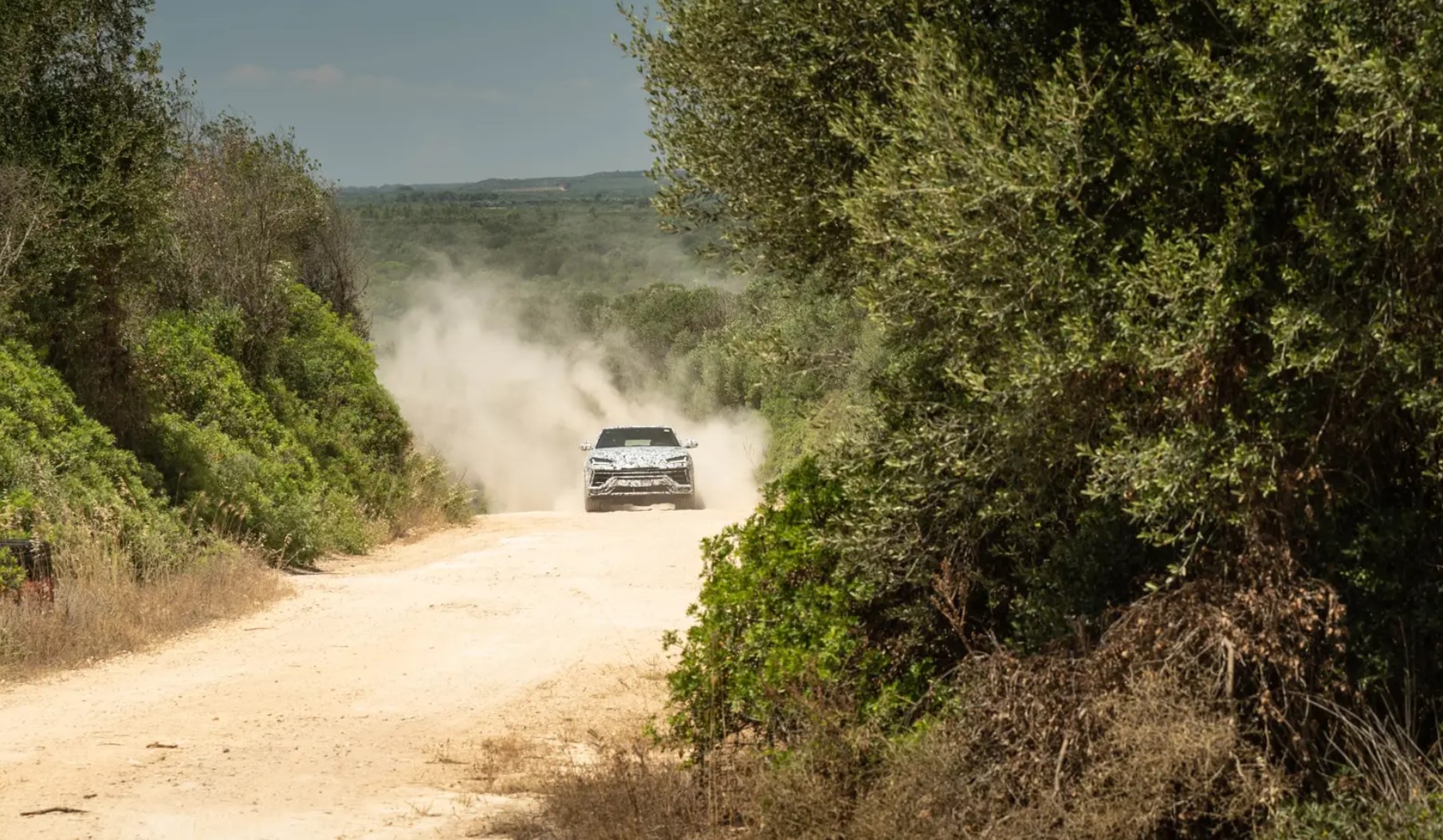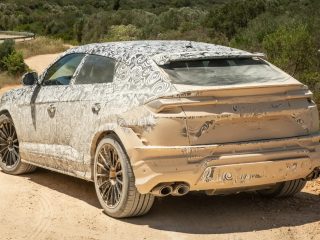Hardcore Lamborghini Urus Performante brings more power, less weight, sharper dynamics and some extra drama.
Its name might cause some raised eyebrows given the branding was last applied to a lightweight, track-focused Lamborghini Huracán, but it is hard to fault the marketing logic behind the Lamborghini Urus Performante.
This is a more senior version of Lamborghini’s hugely fast SUV, one intended to keep on terms with turned-up rivals like the Aston Martin DBX 707 and Porsche Cayenne Turbo GT – plus the Ferrari Purosangue, which we will see in production form soon.

As with the Huracán Performante, the Urus gets more power and less mass, although the changes over the existing car are modest. The 4.0-litre twin-turbo V8 now makes 483kW – a diabolical 666 metric horsepower – which represents a 12kW increase over the standard Urus. Weight has fallen by 47kg thanks to changes such as a carbonfibre bonnet, reduced soundproofing and lighter suspension, but the Performante still tips the scales at 2150kg. The performance has been significantly improved, according to Lambo’s numbers: the Performante’s 3.3sec 0-100km/h time is three-tenths inside the regular Urus’s and its 11.5sec 0-200km/h time is 1.3sec quicker.

There have also been important mechanical changes to sharpen the driving experience. The Performante sits on steel springs rather than the air units that are standard with the regular Urus, although it keeps that car’s electromechanical anti-roll system. It also has a new Torsen centre differential, which is able to send more torque to the rear axle, plus revised settings for the electronically controlled biasing differential at the back. The more muscular bodywork and rear wing above the tailgate improve aerodynamics, albeit by reducing lift rather than creating positive downforce. There is also a new dynamic mode, Rally, which makes it easier to drift on loose surfaces.

The car I drove was a late-production prototype, exclusively at the Nardó test track in southern Italy, where I experienced it alongside the regular Urus. The changes were both obvious and significant compared with the existing car. The Performante felt immediately keener thanks to its recalibrated engine and more aggressive throttle mapping in the punchier dynamic modes. Lamborghini CTO Rouven Mohr says the increase in power was less important than the changes made to improve drivability. It’s louder, too – raspier and snortier at the top end – and it’s not as if the standard Urus has ever lacked theatricality.
The Performante’s steering hasn’t gained weight but does feel noticeably crisper than in the standard car. That said, the prototype I drove had aggressive track-spec Pirelli Trofeo R tyres, which will be an option – one that increases the amount of grip the Performante has to call on in warm, dry conditions.

The Performante’s chassis responses have been improved. The difference over the regular Urus during my drive was most obvious in slower turns, where the standard air-sprung suspension washed wider much sooner. The prototype fought understeer impressively well and turned in to corners with an enthusiasm that belied its size and height, the recalibrated rear steering helping to rotate the car on entry. Once loaded up in a bend, the Performante was also more willing to adjust its line and cornering attitude on the throttle, with much of the standard car’s dynamic slack eliminated by the tweaked active systems and firmer steel springs.
While Nardó confirmed the Performante prototype can be hustled at an impressive pace, there was much less opportunity to experience its softer side. In its gentlest Corsa mode, the air-sprung Urus is pliant at cruising speeds, but we’ll have to wait to see how the firmer steel springs, lower ride height and largest-possible 23-inch wheels cope with the real world. But as with the DBX 707, selecting the faster version won’t mean any loss of equipment or interior luxuries, with the Performante’s branded sports bucket seats being supportive under higher g loadings but still comfortable.

The Urus is already the most successful Lamborghini of all time in terms of annual production figures, and almost certainly profitability, too. The Performante looks set to build on that success, adding a slight amount of extra performance but – to judge from this first experience in an unfinished example – a significant extra dose of character and dynamic focus. The typical Urus buyer is hardly a shrinking violet, so a louder and more muscular example is likely to have strong appeal.
Lamborghini CEO Stephan Winkelmann says the new variant is likely to make up more than half of sales – something the increase in price and reduction in refinement are very unlikely to discourage. The idea of a mega-performance SUV is intrinsically fairly ludicrous – so why not go for the most ludicrous of all?
Mike Duff







